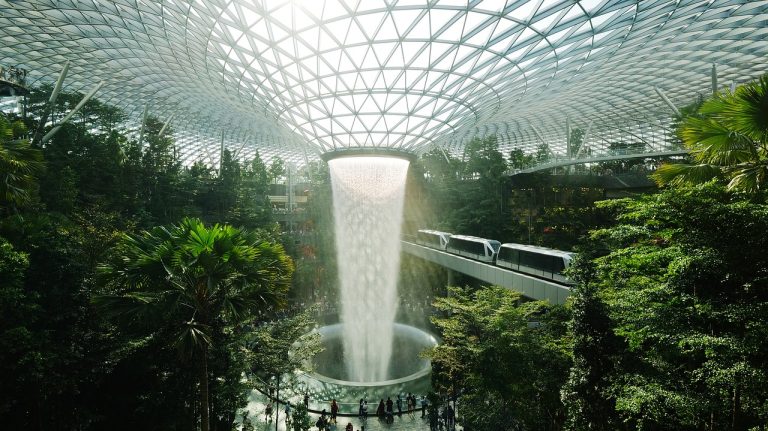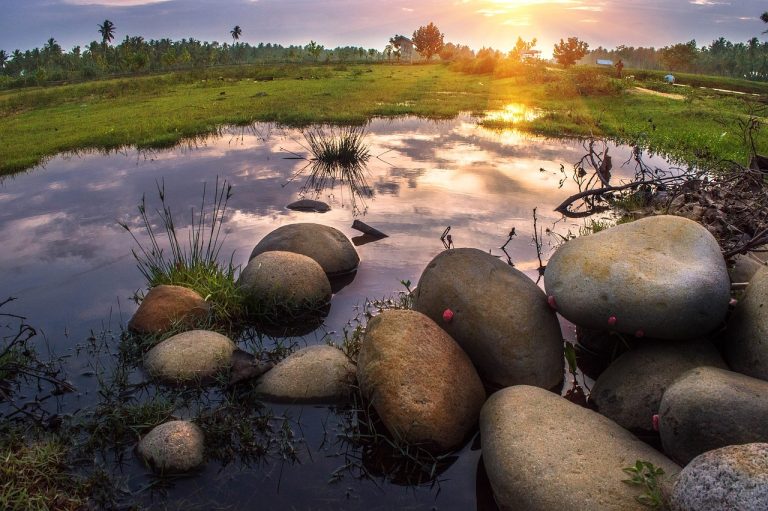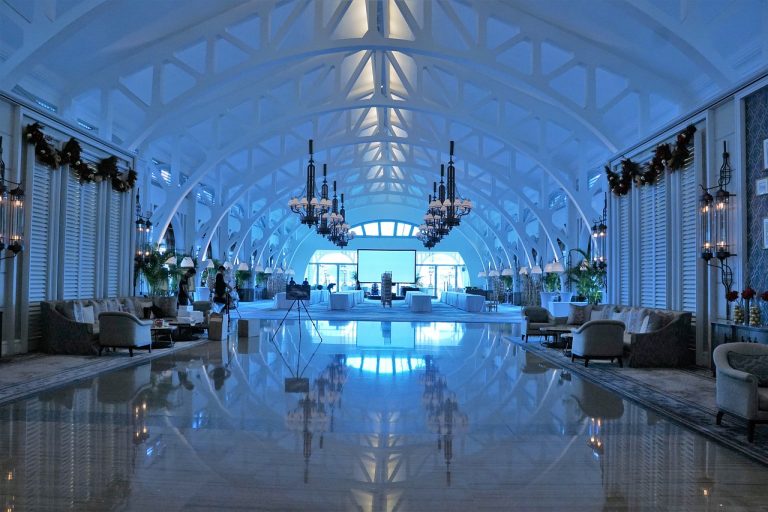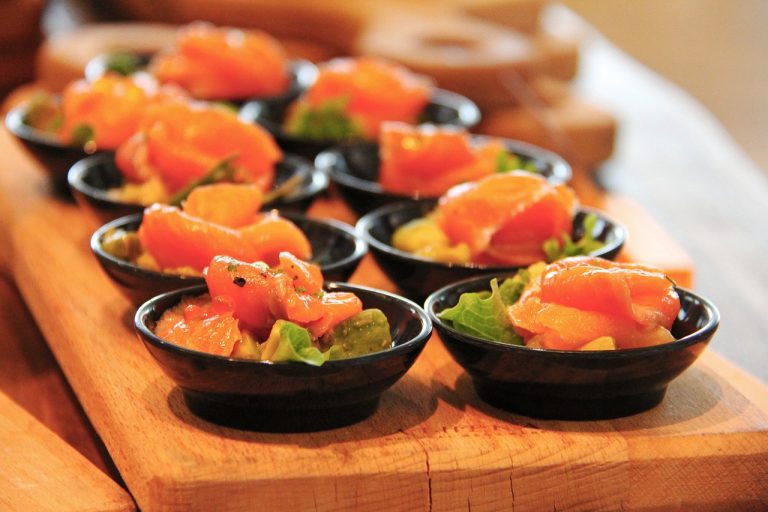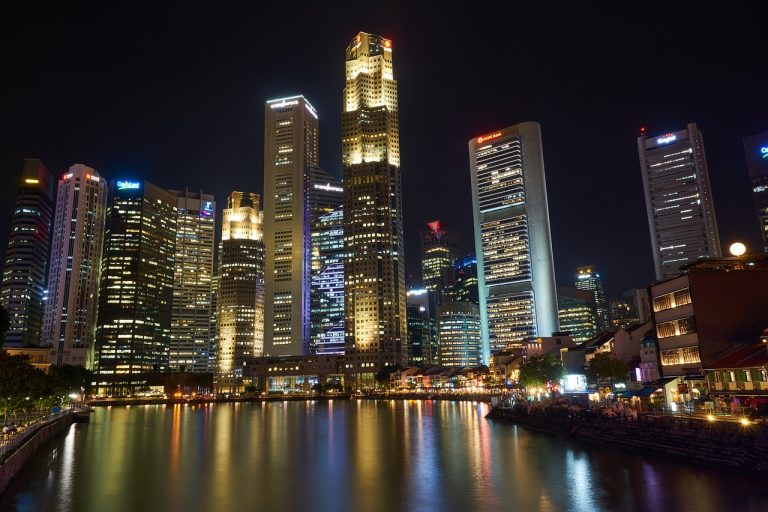Singapore Video
Traditional Festivals and Celebrations of Singapore
Singapore is a diverse and multicultural country that celebrates a wide range of traditional festivals and cultural events throughout the year. These festivals are an integral part of Singaporean culture and provide a glimpse into the rich heritage and traditions of the various ethnic groups that call Singapore home. In this article, we will explore ten traditional festivals and celebrations in Singapore, each with its own unique customs, rituals, and significance.
Chinese New Year
Chinese New Year, also known as Lunar New Year, is one of the most important festivals celebrated by the Chinese community in Singapore. It marks the beginning of the lunar calendar and is a time for family reunions, feasting, and the exchange of red envelopes containing money. The festival is characterized by vibrant decorations, lion and dragon dances, and the lighting of firecrackers to ward off evil spirits.
- Symbolizes the start of a new year and the hope for good fortune and prosperity.
- Features traditional Chinese dishes such as dumplings, fish, and tangyuan.
- Visiting relatives and friends to exchange greetings and well wishes.
- Street parades and performances showcasing Chinese culture and traditions.
Singapore Image 1

Thaipusam
Thaipusam is a Hindu festival celebrated by the Tamil community in Singapore. It commemorates the occasion when the Hindu deity Murugan received a divine spear from his mother, Goddess Parvati, to defeat evil forces. Devotees participate in a procession, carrying kavadis (ornate wooden structures) adorned with flowers and peacock feathers, while enduring physical hardships such as piercing their bodies with hooks and skewers.
- Devotees seek blessings and fulfill vows made to Lord Murugan.
- Procession from Sri Srinivasa Perumal Temple to Sri Thendayuthapani Temple.
- Devotees engage in acts of self-mortification as a form of penance.
- Chanting of prayers and the playing of traditional musical instruments.
Singapore Image 2
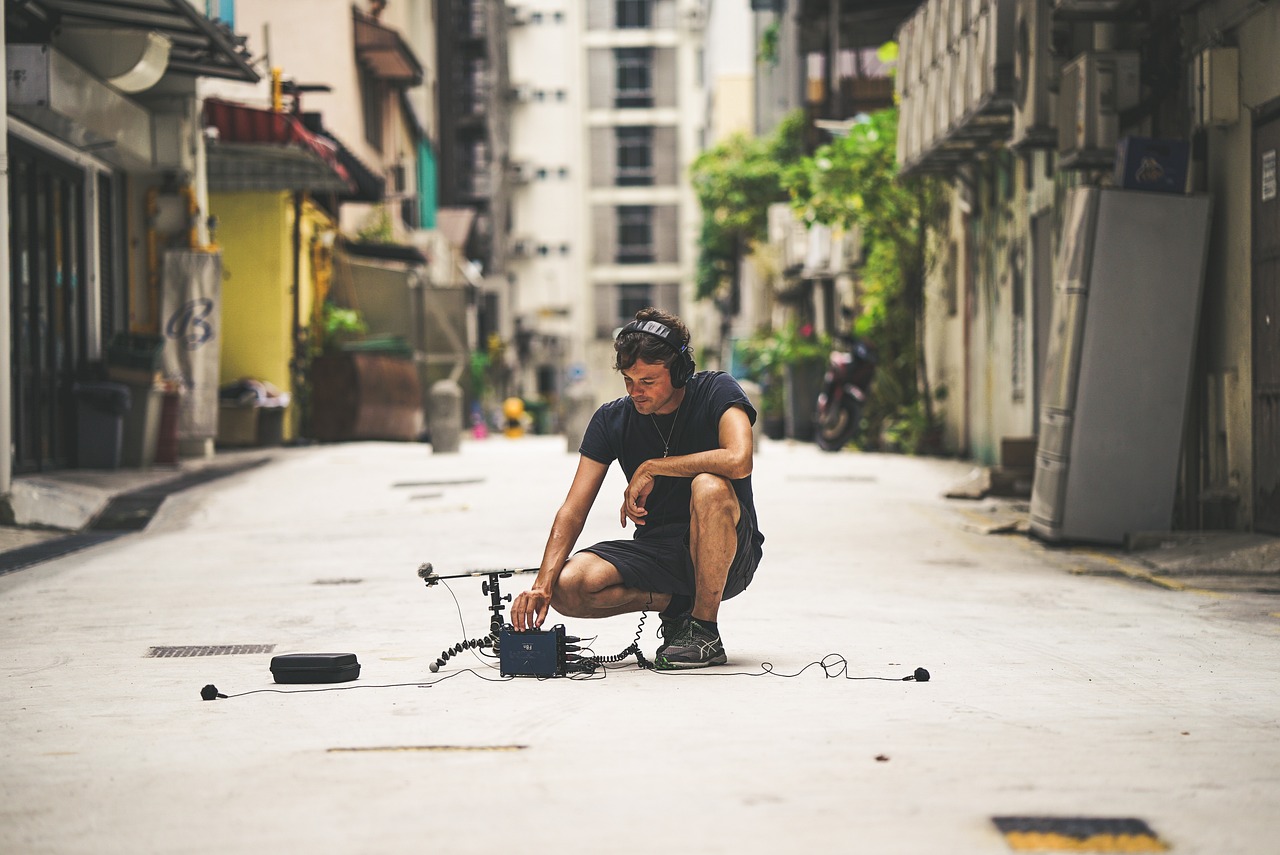
Hari Raya Puasa
Hari Raya Puasa, also known as Eid al-Fitr, is a significant festival celebrated by Muslims in Singapore. It marks the end of Ramadan, a month of fasting and spiritual reflection. Muslims gather for prayers at mosques and visit family and friends to seek forgiveness and exchange greetings. Traditional Malay delicacies such as ketupat (rice cakes) and rendang (spicy meat dish) are prepared and shared during this festive season.
- Symbolizes the breaking of the fast and gratitude for the blessings received.
- Wearing of traditional Malay attire, such as baju kurung and baju kebaya.
- Decorating homes with colorful lights and traditional Islamic patterns.
- Open houses where people of different ethnicities are welcomed to celebrate together.
Deepavali
Deepavali, also known as Diwali, is the Festival of Lights celebrated by the Indian community in Singapore. It signifies the triumph of light over darkness and good over evil. The festival is marked by the lighting of oil lamps, the decoration of homes with colorful rangoli designs, and the exchange of sweets and gifts. Fireworks and cultural performances add to the festive atmosphere.
- Prayers and rituals to honor the goddess Lakshmi, the bringer of wealth and prosperity.
- Preparation of traditional Indian sweets and snacks.
- Visiting temples and seeking blessings from the deities.
- Cultural performances such as traditional dances and music concerts.
Singapore Image 3
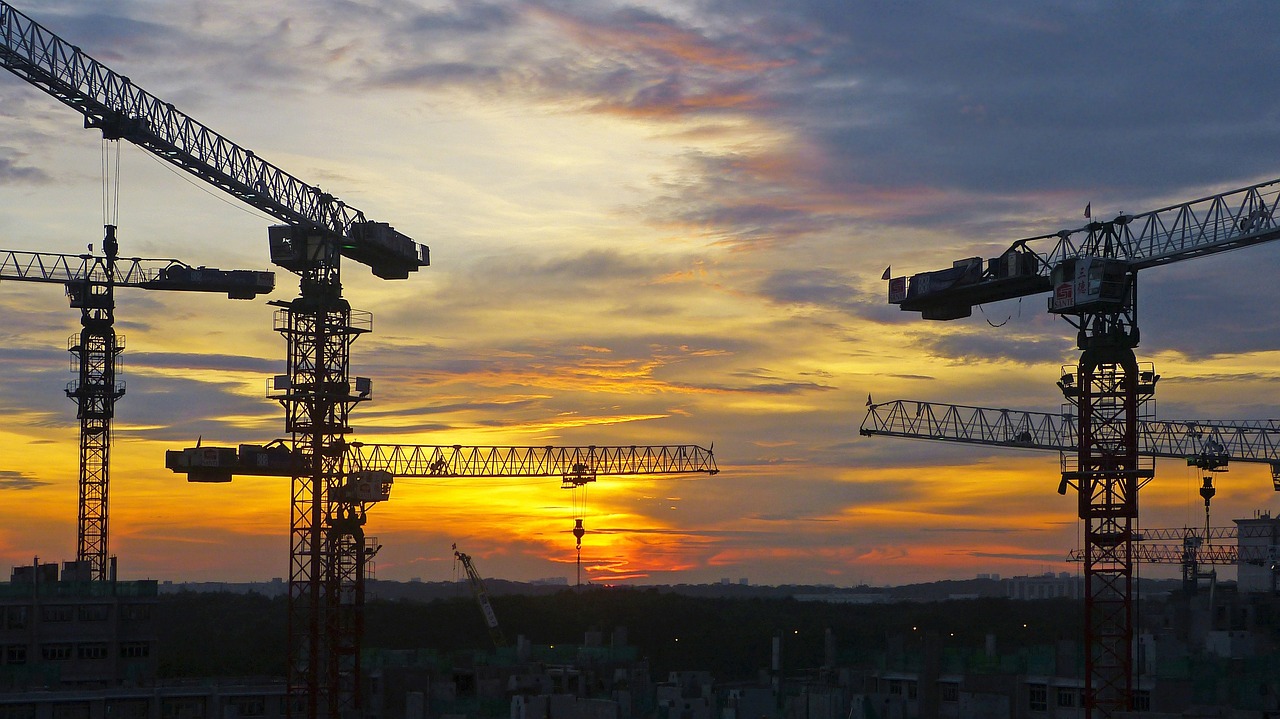
Vesak Day
Vesak Day is a Buddhist festival that commemorates the birth, enlightenment, and death of Gautama Buddha. Buddhists gather at temples for prayers, meditation, and the offering of alms to monks. Colorful processions featuring floats and devotees carrying candles and flowers take place in various parts of Singapore. The festival emphasizes compassion, generosity, and the practice of mindfulness.
- Release of caged birds and animals as an act of compassion.
- Offering of food, robes, and other necessities to monks and the less fortunate.
- Chanting of Buddhist scriptures to seek blessings and enlightenment.
- Display of Buddhist symbols and teachings through intricate decorations.
Mid-Autumn Festival
The Mid-Autumn Festival, also known as the Mooncake Festival, is celebrated by the Chinese community in Singapore. It is a time for family gatherings and the appreciation of the full moon. Mooncakes, a traditional delicacy filled with various sweet or savory fillings, are shared among family and friends. Lantern processions and performances add to the festive atmosphere.
- Symbolizes unity and harmony among family members.
- Lighting and carrying of colorful lanterns in various shapes and sizes.
- Moon-viewing parties where families gather to enjoy mooncakes and tea.
- Dragon and lion dances, as well as cultural performances.
Pesta Raya
Pesta Raya, also known as the Malay Festival of Arts, is a celebration of Malay arts and culture in Singapore. The festival showcases traditional music, dance, theater, and visual arts. Performances by renowned local and international artists take place at the Esplanade, Singapore’s premier performing arts center. The festival aims to promote cultural understanding and appreciation.
- Exhibition of traditional Malay crafts, costumes, and visual arts.
- Performances of traditional Malay music genres such as dikir barat and gamelan.
- Theater productions that highlight Malay folklore and historical narratives.
- Workshops and interactive activities for visitors to learn about Malay culture.
Thimithi
Thimithi, also known as the Firewalking Festival, is a Hindu religious ceremony held at the Sri Mariamman Temple in Singapore. Devotees walk barefoot over a bed of burning charcoal as an act of penance and devotion to the goddess Draupadi. The festival attracts large crowds who witness this awe-inspiring spectacle and offer support to the participants.
- Devotees fast and undergo purification rituals before the firewalking ceremony.
- Chanting of prayers and the playing of traditional musical instruments.
- Offerings of flowers, fruits, and milk to the goddess Draupadi.
- Supportive community atmosphere as devotees cheer on the participants.
Chingay Parade
The Chingay Parade is an annual street parade held in Singapore to celebrate the Chinese New Year. It is a grand spectacle featuring colorful floats, acrobatic performances, cultural dances, and vibrant costumes. The parade showcases the multicultural diversity of Singapore and is attended by locals and tourists alike.
- Procession of floats adorned with intricate decorations and LED lights.
- Cultural performances representing various ethnic groups in Singapore.
- Acrobatic stunts, martial arts displays, and traditional dances.
- Fireworks display to conclude the parade with a bang.
Conclusion
Singapore’s traditional festivals and celebrations are a testament to the country’s multicultural identity and rich heritage. These events provide an opportunity for locals and tourists to immerse themselves in the vibrant traditions, customs, and cuisines of Singapore’s diverse ethnic communities. From the lively lion dances of Chinese New Year to the awe-inspiring firewalking ceremony of Thimithi, each festival offers a unique and memorable experience.
References
– YourSingapore.com
– NationalHeritageBoard.gov.sg
– SingaporeTourismBoard.gov.sg
– Esplanade.sg
– SriMariamman.org


